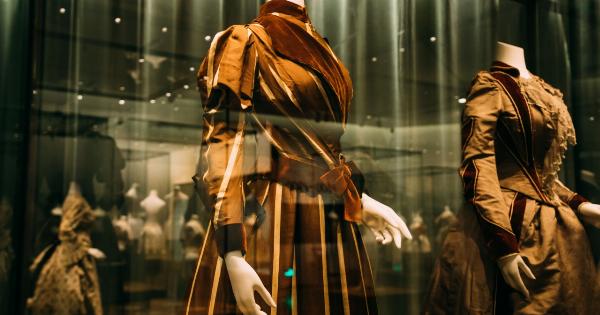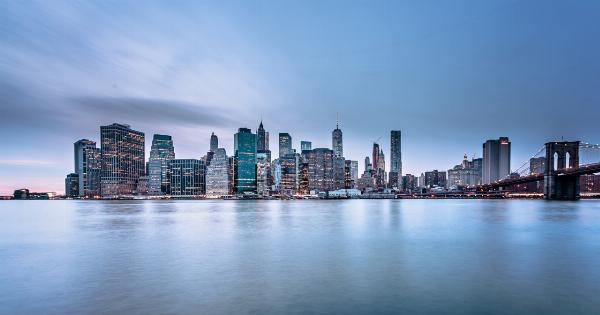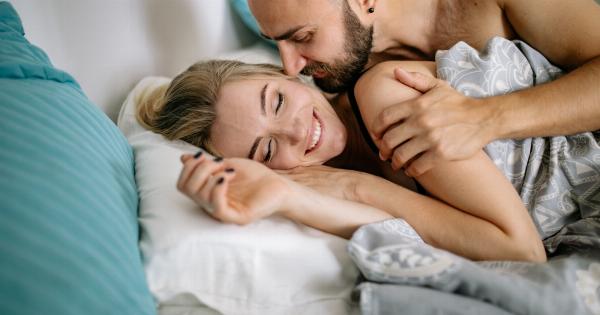The concept of the perfect female body has evolved over time and has been influenced by various factors such as cultural norms, societal expectations, and historical events.
This article aims to explore the journey of the perfect female body through different eras, from ancient civilizations to modern times.
Ancient Civilizations: Goddesses and Fertility
In ancient civilizations like ancient Egypt and Greece, the ideal female body was associated with goddesses and fertility.
Women with voluptuous figures and curves were considered desirable as they were believed to possess the ability to give birth and continue the lineage.
Renaissance: Curves and Beauty
During the Renaissance period, the perfect female body was depicted in numerous paintings and sculptures, emphasizing voluptuousness and curves.
Artists like Botticelli portrayed women with soft figures, full breasts, and round buttocks, symbolizing beauty and fertility.
Victorian Era: Corsets and Restriction
The Victorian era brought a shift in the perception of the ideal female body. It was a time of strict social etiquette and modesty. Women were expected to have tiny waists and hourglass figures achieved through the use of corsets.
The emphasis was on constraint and control rather than natural body shape.
Roaring Twenties: The Flapper Look
The 1920s witnessed the rise of the flapper culture, challenging the previous ideal body type. The ideal female body during this era was characterized by a boyish figure, with a straight silhouette, flattened chest, and minimal curves.
The flapper look represented freedom and liberation, breaking away from Victorian restrictions.
Hollywood Influence: The Hourglass Silhouette
The mid-20th century saw the rise of Hollywood and its influence on shaping the perception of the perfect female body.
Actresses like Marilyn Monroe and Sophia Loren popularized the hourglass silhouette, with well-defined waists, ample bosoms, and rounded hips. This ideal body type became synonymous with glamour and sensuality.
The Twiggy Era: Thin is In
The 1960s brought a significant shift in the ideal female body, with the emergence of the supermodel Twiggy. Her slim and androgynous figure became the new beauty standard.
Thinness became associated with youthfulness and modernity, leading to the rise of thin fashion models and the dieting culture.
Fitness and Strong Body Ideal
In the late 20th century and early 21st century, fitness and athleticism took center stage in defining the perfect female body. The emphasis shifted towards toned muscles, flat abs, and a fit physique.
Celebrities like Madonna and Jennifer Aniston popularized this ideal, promoting the importance of exercise and healthy lifestyles.
Diversity and Body Positivity
In recent years, there has been a growing movement towards embracing diverse body types and promoting body positivity.
Campaigns like Dove’s Real Beauty and the body positivity movement on social media platforms have challenged the notion of a singular perfect female body. This shift aims to celebrate and accept bodies of all shapes, sizes, and ethnic backgrounds.
Conclusion
The concept of the perfect female body has evolved and transformed throughout history, influenced by cultural and societal changes.
From ancient goddesses and fertility ideals to the emphasis on curves, thinness, and fitness, the ideal has constantly evolved. Today, there is a growing recognition of the need for diversity and body positivity, embracing all body types and promoting self-acceptance.































